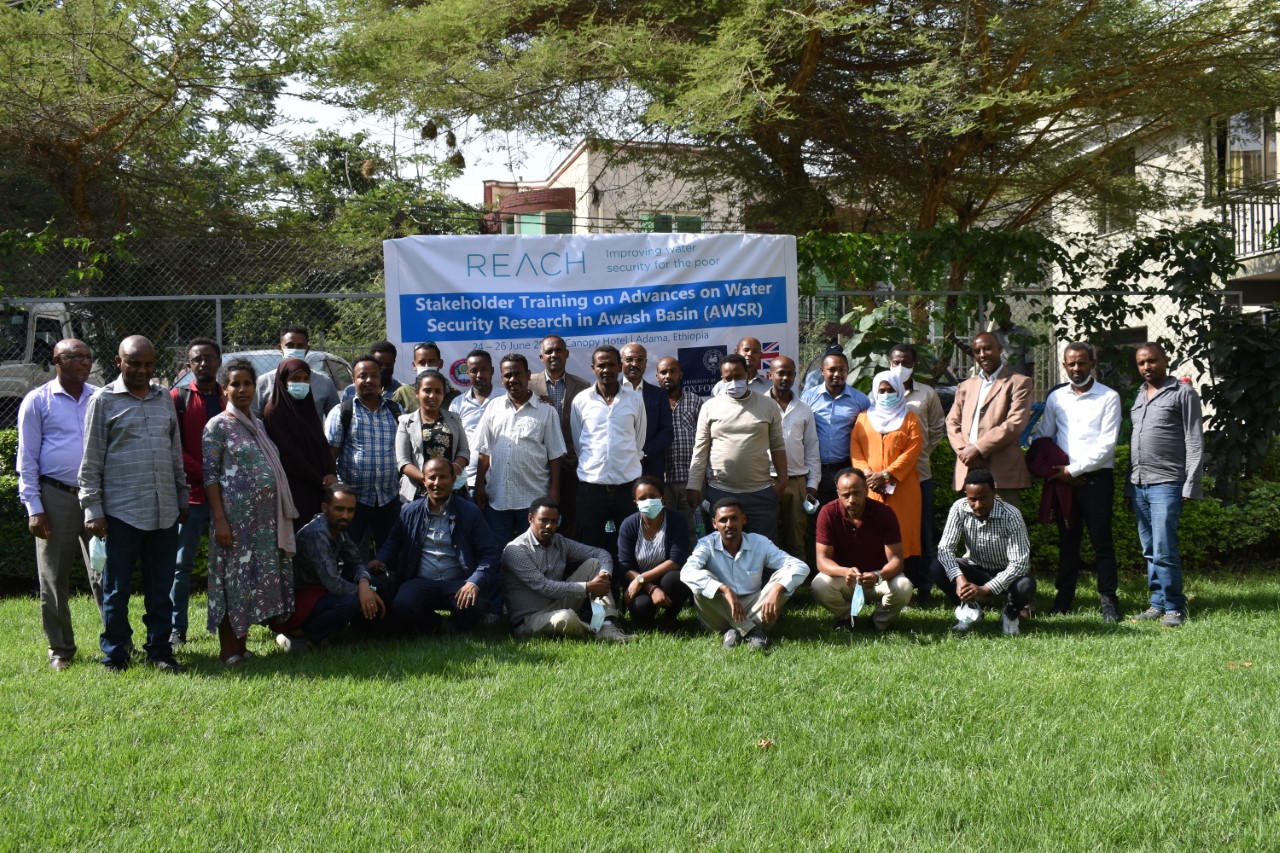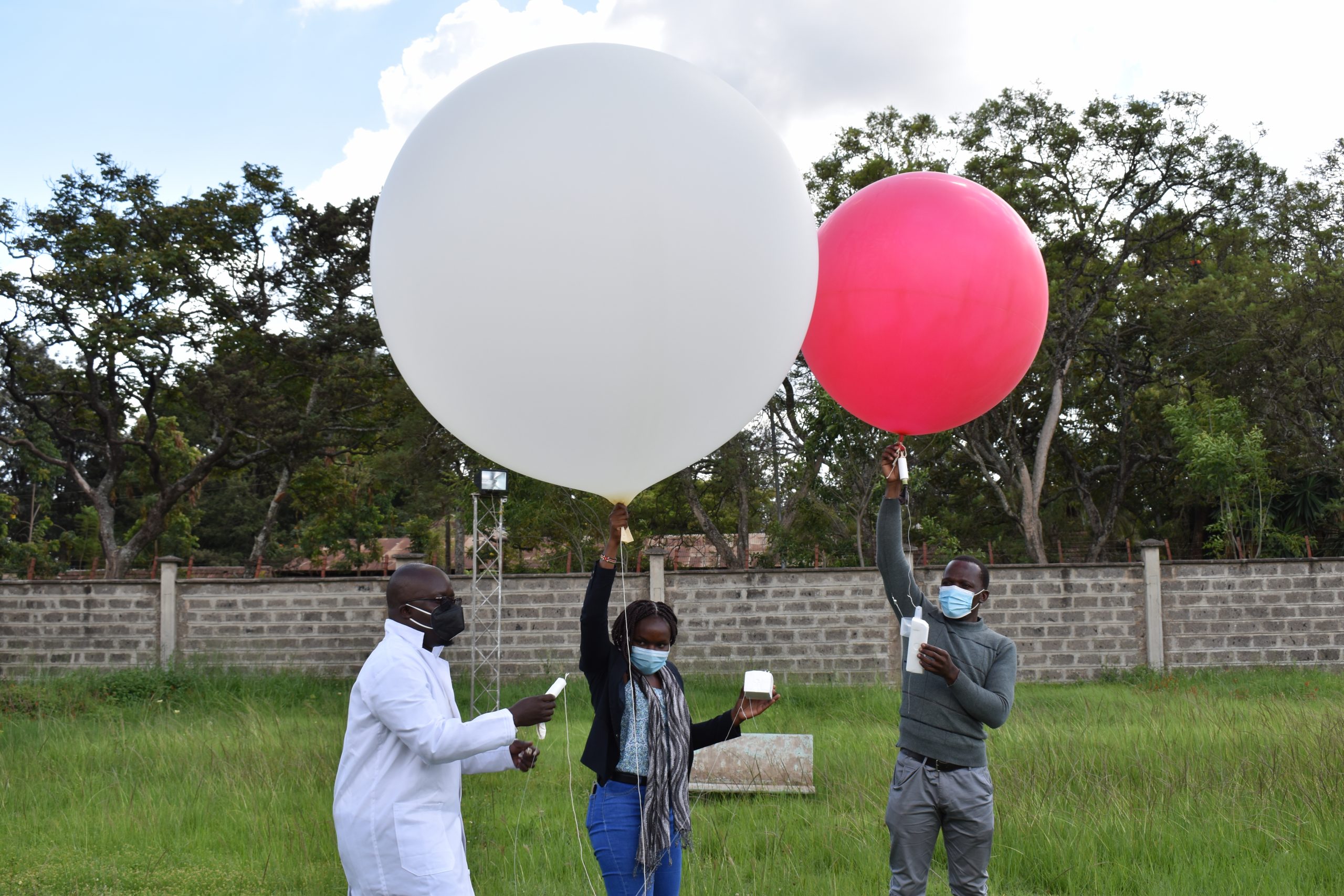Dr. Ellen Dyer (University of Oxford), Dr. Gilbert Ouma (University of Nairobi), Dr. Solomon Gebrehiwot (Water and Land Resource Centre), Dr. Callum Munday (University of Oxford)
Compared to other regions of the world, Africa’s climate has generally been less studied, and hence remains less understood. What are the implications for water managers and decision makers, and what can be done to address this issue?
Why and how does our understanding of African climate matter for decision makers in the water sector
Limited research has led to inaccurate representations of African climate in models. This means that decision makers and practitioners in the water sector are often struggling to use projections of future climate for planning purposes. However, REACH has shown how collaboration across sectors, focusing on local priorities and, grounding our research in our assessments of the modelled East African climate, can lead to much more useful future storylines. We include below some examples from REACH’s research in Ethiopia and Kenya.
Following an assessment of historical representations of Ethiopian climate with general circulation models (GCMs), Dr Meron Teferi Taye led a study on future water availability in Ethiopia’s Awash basin. Water availability is an important parameter for planning water management decisions and this study showed a future decrease in water availability in the Belg (first) rainy season and in June and September, the first and last months of the Kiremt (second) rainy season. This is an important message for water managers, suggesting that a change in seasonal rainfall in a warmer future climate reduces water availability during times of the year that are already variable and vulnerable for many water users.
Putting planning scenarios firmly in the context of uncertain future changes can be a useful tool for policy makers who are making decisions and developing policies in a rich, but confusing data landscape. In the Turkwel basin in Kenya’s Turkana County, Dr Feyera Hirpa led a study that used the WEAP water allocation model to investigate water use under a number of future agricultural and population change scenarios in the context of future climate scenarios from GCMs. This study showed that even in an unrealistically wet future, some scenarios of growth will be challenging for the full spectrum of water users in the basin.
Knowing how to use projections of future climates is tricky even in areas where models accurately represent historical climates – this is due to different scenarios and the spread in projections from different models. The evaluation of models and their representation of historical climate must be improved for African contexts in order to produce quality climate information that can be used by decision-makers.
How reliable are current models at representing African climate?
One obvious solution to the problem set out above is to lead more research into African climate processes and to understand how models represent them. All the models used in IPCC reports (collectively called CMIP) and in the studies described above come from outside of the continent. They were generally designed as global models, and hence do not accurately capture the specific features of Africa’s climate. This is problematic, as they become ill-appropriate for decision makers’ planning activities, such as national adaptation plans.
As part of REACH, we seek to evaluate these models – as they provide useful information for planning – and to contribute to the body of knowledge on critical climate processes for our partner countries, Kenya and Ethiopia. This has included creating a comprehensive set of climate metrics that show the important connection between Kenyan rainfall, winds in Central Africa, and the Atlantic. These metrics are being used to evaluate climate models as part of REACH and the LaunchPAD Model Evaluation Hub for Africa.
One difficulty in evaluating the reliability of models over Africa is the sparsity of observational data, particularly for important features of regional climates. In Kenya, one of these important, but under-observed, features – known as the “Turkana Jet” – has a strong effect on local rainfall and winds. The REACH project, in partnership with University of Nairobi and the Kenyan Met Department, undertook a measurement mission in March-April 2021 (The Radiosonde Investigation for the Turkana Jet – RIFTJET), which provides the first measurements of this important feature in 40 years. The dataset is a new source of information to confront climate model simulations and to advance understanding of regional climate.

Prioritising African researchers and stakeholder requirements
While understanding key climate processes and how models reproduce them is critical to solving the problem, a lot of this work relies on funded projects with fixed timelines. Project timelines can determine the flow of data, and access to infrastructure that makes fundamental science more, or less, accessible to African researchers and stakeholders. Indeed, the vast proportion of funding for research on African climate is given to institutions outside of the continent and this needs to change. A shift in focus to adaptation and climate resilience at COP26 and upcoming projects, such as FCDO and IDRC’s new programme CLimate And REsilience Framework Programme (CLARE) presents opportunities for project structures to change.
On shorter climate timescales the IGAD Climate Prediction and Applications Centre (ICPAC) provides an example for how a cross sectoral, regionally embedded and sustainable institution can provide relevant climate information through seasonal forecasts in Eastern Africa. ICPAC shows how valuable climate research can be when it becomes institutionalised and embedded in regional decision making. This kind of success requires longer project timelines and adequate funding that is sustained over time. Projects working with ICPAC support computing needs, model evaluation and forecaster training, meaning this capacity and learning can be maintained after the project ends.
Taking a similar approach to longer term climate change science and dissemination would lead to more sustainable information, sharing relationship and better co-produced products for different stakeholders, such as those in the water sector. Programmes need to focus on supporting African scientists – that is ensuring they align with their research interests and expertise, and that they feed into national science and adaptation priorities. Shifting focus in this way will create better climate information for stakeholders, such as those in the water sector and improve uptake of climate information by decision makers.

